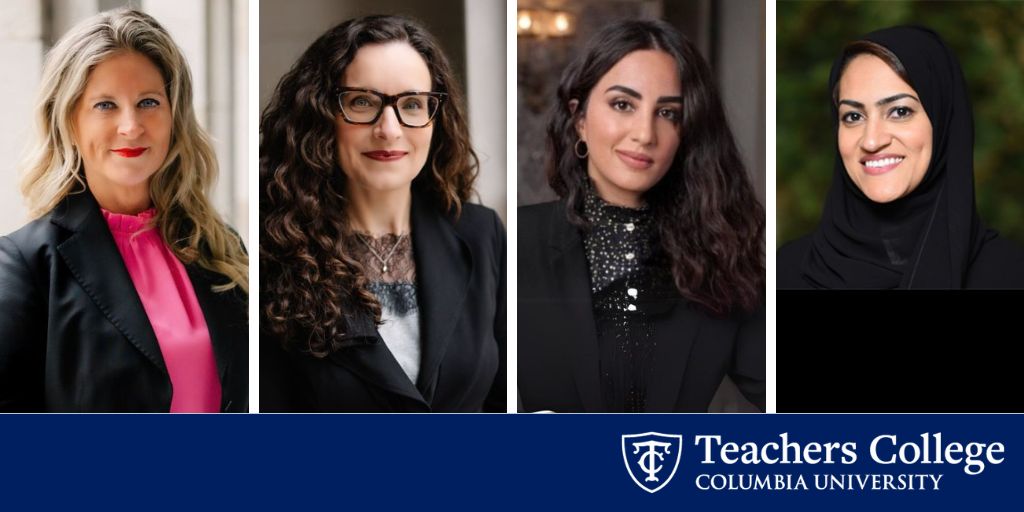World
Ahead of World Day of the Poor, cause opens for France’s ‘charitable spouses’ – OSV News

PARIS (OSV News) — Ahead of World Day of the Poor, observed in the church Nov. 17, French bishops gave a green light to open the sainthood cause for a married couple who gave up their noble and rich life to care for the sick and poor.
Claude and Marguerite de La Garaye, who lived in the 18th century, devoted their lives to caring for the poor in Brittany, close to the medieval town of Dinan. When St. John Paul II visited France in 1996, in their native Brittany he called them “charitable spouses” whose memory was “exemplary.”
Dominican Father Jean-Marie Gueullette, who is also a medical doctor, is working on the historical part of the cause. “Over the past 300 years, more than 220 publications have testified to their virtues,” he told OSV News. “They were (owners of) one of the biggest fortunes in Brittany, and they lived a holy life while taking on the responsibilities of their social milieu.”
Claude “was a former king’s musketeer, passionate about hunting,” Father Gueullette said. “His wife was an excellent horsewoman. They both led a joyful life on their vast estate, spent on receptions and horseback hunting.”
In 1703, Marguerite suffered a serious fall from her horse. “Claude de La Garaye became his wife’s nurse,” Father Gueullette explained. “He saved her by his care. But she had lost the child she was expecting, and could not have any more (children).”
The story of their marital tenderness was recounted in a 19th-century English poem, “The Lady of La Garaye,” written by poet Caroline Sheridan Norton. “She described the tenderness of the husband for his wife,” Father Gueullette explained. “The poem was a huge success, even in the United States. It inspired children’s novels, and stories published in girls’ magazines. In its own way, it helped to pass on the couple’s reputation for sanctity to this day.”
In 1710, the La Garayes were deeply affected by the sudden death of Claude’s brother-in-law. “After a night of reflection, each of them spoke to the other, of their desire to consecrate themselves to God,” Father Gueullette recounted. “By mutual agreement, they embarked on a radical change of life.”
The couple sold their superfluous possessions — luxury crockery, hunting dogs and almost all their horses. They dismissed their servants and took charge of the castle’s logistics themselves.
“They began to welcome and care for the sick free of charge,” Father Gueullette explained. “They transformed their stable into a hospital, with a chapel.”
They had begun training in medicine as early as 1704, during a trip to Paris, Father Gueullette specified. “He learned surgery and chemistry, and she learned ophthalmology. She even performed cataract operations, using the techniques of the time.”
They also led a regular prayer life, and Claude gave a daily spiritual conference. “But his wife also inserted an hour of relaxation into the day, during which he could ride his horse, while she herself painted. Their idea was to balance their rhythm of life, to bear the weight
of their commitment, which was demanding,” the Dominican said.
“Their hospital had an excellent reputation,” Father Gueullette pointed out. “They began by washing and feeding the sick, at a time when hygiene conditions were deplorable. Their parish register showed that the mortality rate was much lower among their patients than in the rest of the region.”
Claude had set up a chemistry laboratory, where he made his own medicines. “He received funding and personal encouragement for his research from King Louis XV. His book was the subject of medical theses outside France until recently,” the Dominican said.
Count La Garaye also set up plantations and salt works to provide work for the poor. “He managed his fortune carefully, to develop his economic projects,” Father Gueullette pointed out. “He wanted to lift people out of poverty.”
“They had not remained alone in their action,” Father Gueullette said. They had brought in sisters from a congregation of the Daughters of the Holy Spirit, that had just been founded not far away, to help them.”
Another French religious congregation, the Daughters of Wisdom, took over from the La Garaye family after Claude’s death. “Their clinic grew and still exists today in Dinan,” Father Gueullette said.
“The La Garaye couple could be a fine example for today’s couples,” who work hand in hand in their professional lives, the Dominican said. “Their causes of beatification are two different causes, but we are taking them on together, and we are interested in their lives together. Their commitment as a couple was unusual at a time when spouses often led very different parallel lives.”
Caroline de Sury writes for OSV News from Paris.








